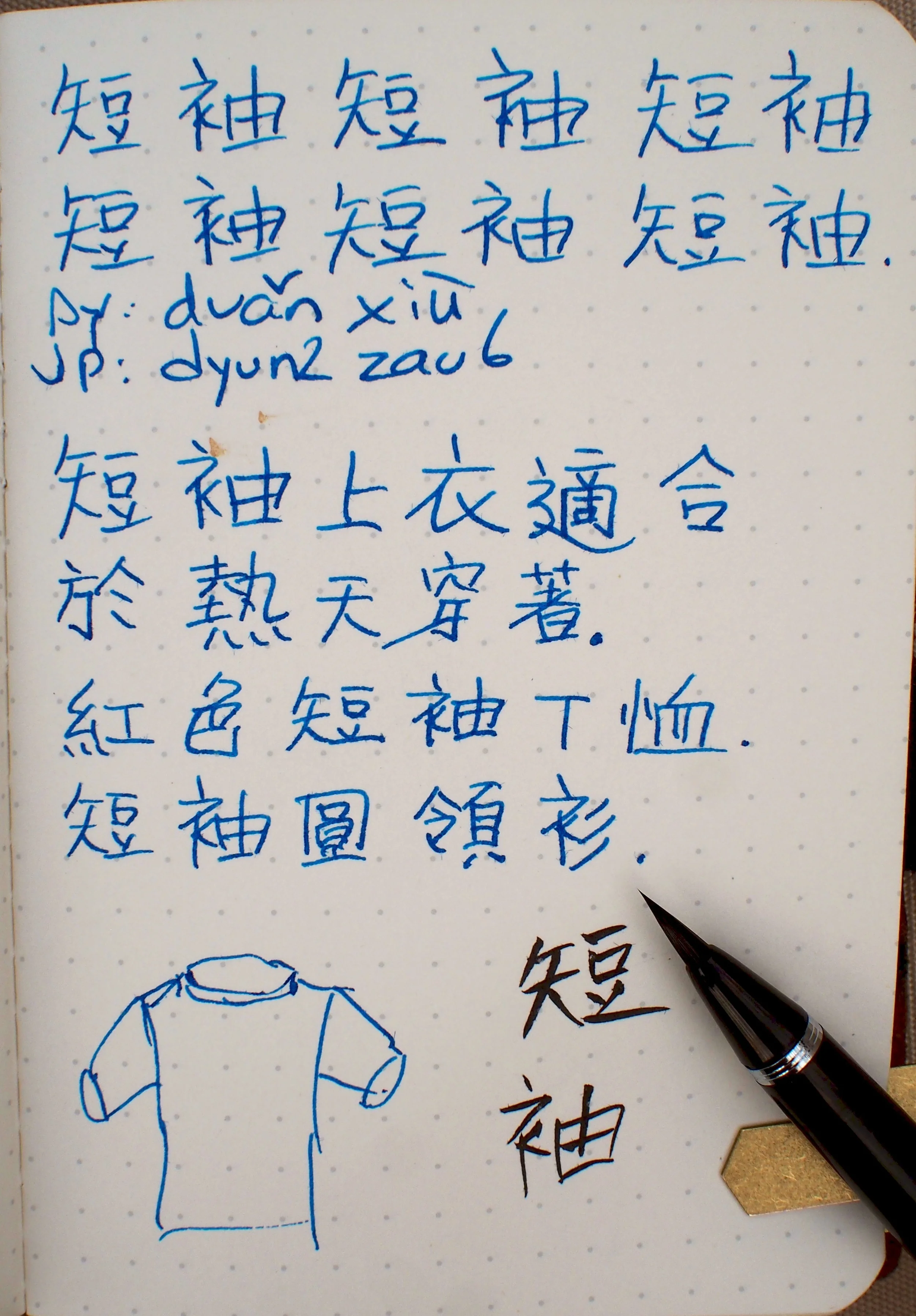12-Step Process to Clean Fountain Pens Without Losing Nibs and Other Parts
I wrote a distressing post during the summer about losing a nib down the drain while cleaning pens. Specifically, the lovely gold nib from my Platinum 3776 Century Sai. I ended that post with a comment I would get some tools to try to open up the drain pipe and hopefully retrieve the nib.
I miss this sweet nib...
According to Bob Jackson from HandymanHowTo.com, this is an easy job requiring only bare hands to loosen the slip nut. Alas, the plumber employed by the builder of our home had other thoughts on his mind. Maybe he was more into ensuring the drain would never leak rather than it being accessible as the slip nuts on the drain pipe appear to be glued with a rubber compound. The compound has dried to hardened cement consistency.
I tried every suitable tool at home with no luck. So I order this big guy from Amazon. I’ve actually had it for some time, but with all the travelling I’ve been doing, I did not get a chance until October to try it. I've kept the water off on this sink all this time. Thankfully, this washroom is rarely used as it sits by my home office. It also has double sinks, so shutting one has not been too inconvenient.
On the left, the new hired gun: Irwin Tools Vise-Grip Water Pump Pliers, 12-Inch
With high hopes, I took the water pump plier to the slip nut. It didn’t budge. I put all my strength in. Nothing. I readjusted my grip and the positioning of the pliers. Nada. After struggling for awhile, I gave up. I’ve kept the water off. My only resort is to call the plumber in. I’m waiting for another excuse to call the plumber. There is some problem with the kitchen faucet so I think it may not be a long wait.
Water pump pliers and friends were no match for for the cemented slip nuts
I have been extremely grateful for all the words of sympathy and helpful suggestions from pen friends. The Pen Addict himself, Brad Dowdy, linked to my post in one of his newsletters. He also gave me this helpful advice:
@_PendorasBox let’s not make this particular one a habit, mmmkay? ;)
— Brad Dowdy (@dowdyism) September 6, 2016
All kidding aside, quite a few wrote in with precautionary measures they take when cleaning pens. I took all the suggestions and consolidated into a new process:
Step 1: Put mesh strainer over the drain opening.
Step 2: Rinse nibs but keep pens intact.
Step 3: Put all pens whole into a large glass bowl.
Step 4: Fill glass bowl with tepid water.
Step 5: Disassemble all pens in the glass bowl. [Note, I used to do this in individual disposable plastic cups for each pen as I was afraid to get the parts mixed up. Now I’m pretty familiar with all my pens and their components so I’m feel comfortable having all the parts commingled. If you are not, then you may consider using smaller glass bowls to hold 1-2 pens each. I could have upwards of a dozen pens to clean so I like the big bowl.]
Step 6: Admire ink swirls in water.
Step 7: Soak pens in water for a couple hours or overnight as needed.
Step 8: Syringe pen parts with fresh water using a bulb syringe (aka Booger Sucker) or a blunt tip needle and syringe.
Step 9: Put all pen parts into ultrasonic cleaner and keep the bowl of murky water aside. Buzz until pens are satisfactorily clean.
Step 10: Lay all parts on a dry towel sorted by pen.
Step 11: Reassemble all pens.
In foreground & mirror reflection, on top of blue towel: bulb syringe, blunt tip needle, cleaned and sorted pen parts
Step 12: Ensuring that the mesh strainer is still over the drain, dump murky water while checking for errant pen parts.
The idea is to ensure that all the pens are reassembled before the waste water is dumped. The safety is having the mesh strainer to catch small parts. Since I instituted this method, I have not lost any parts down the drain.
It was a hard lesson learned but I'm grateful for everyones’s suggestions that allowed me to set up a more systematic and safer process for cleaning pens. Hopefully this will help some of you too to prevent further tales of woe.
A big thanks for Julie Paradise, Bartek from Acoustic Pens and others for your helpful suggestions.
















The themes for July are Canada's 150 and travel.